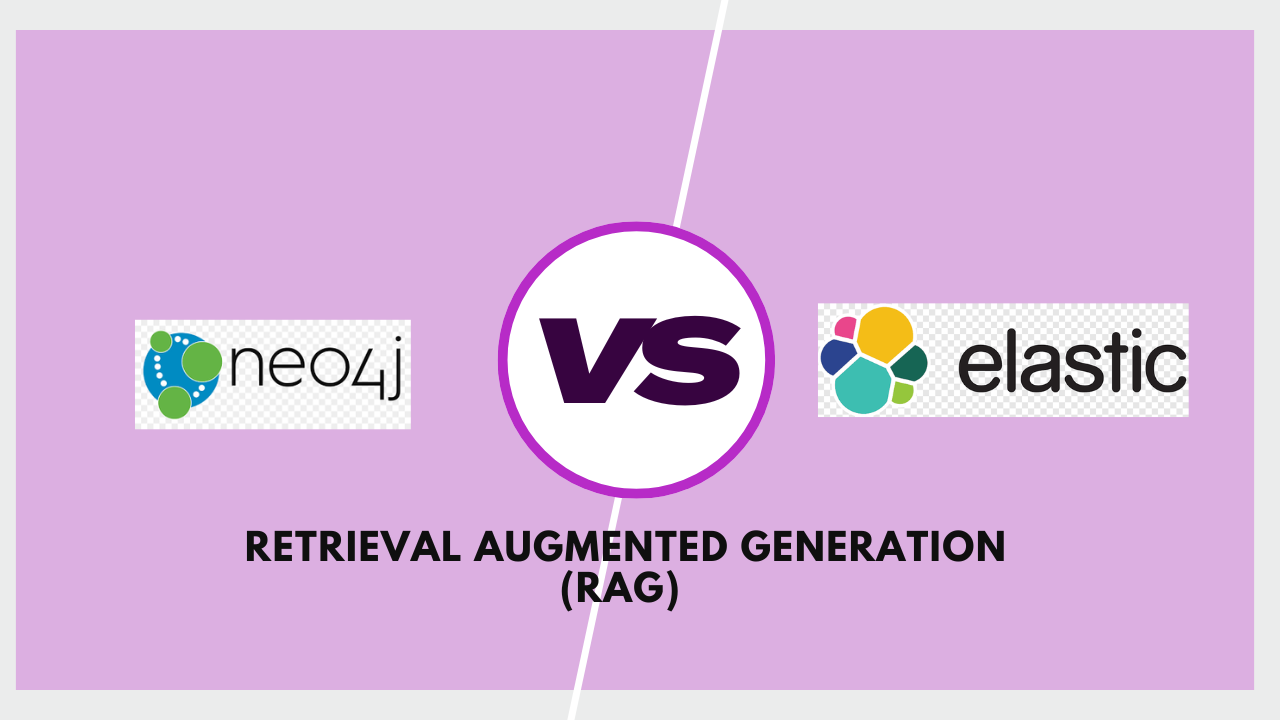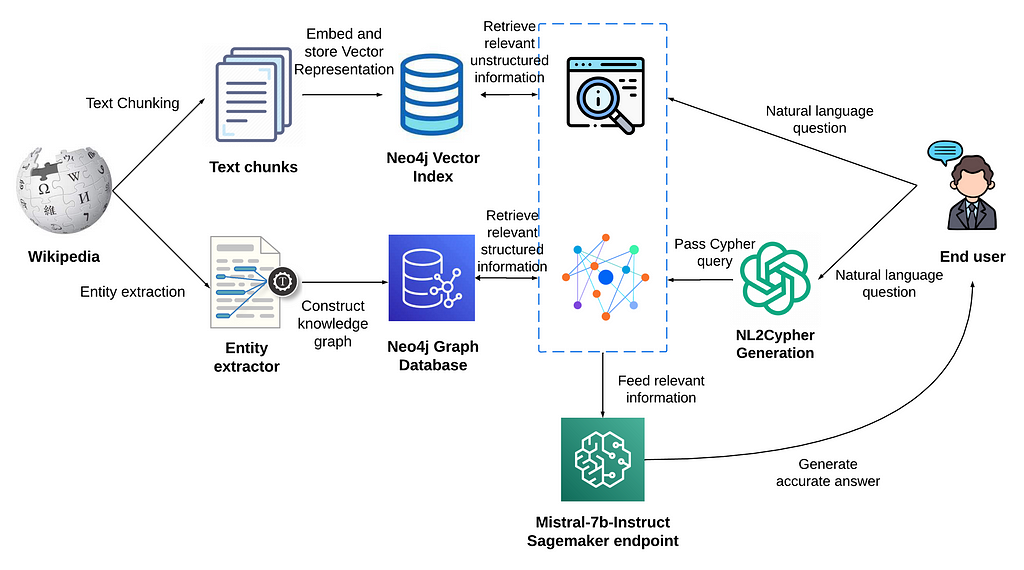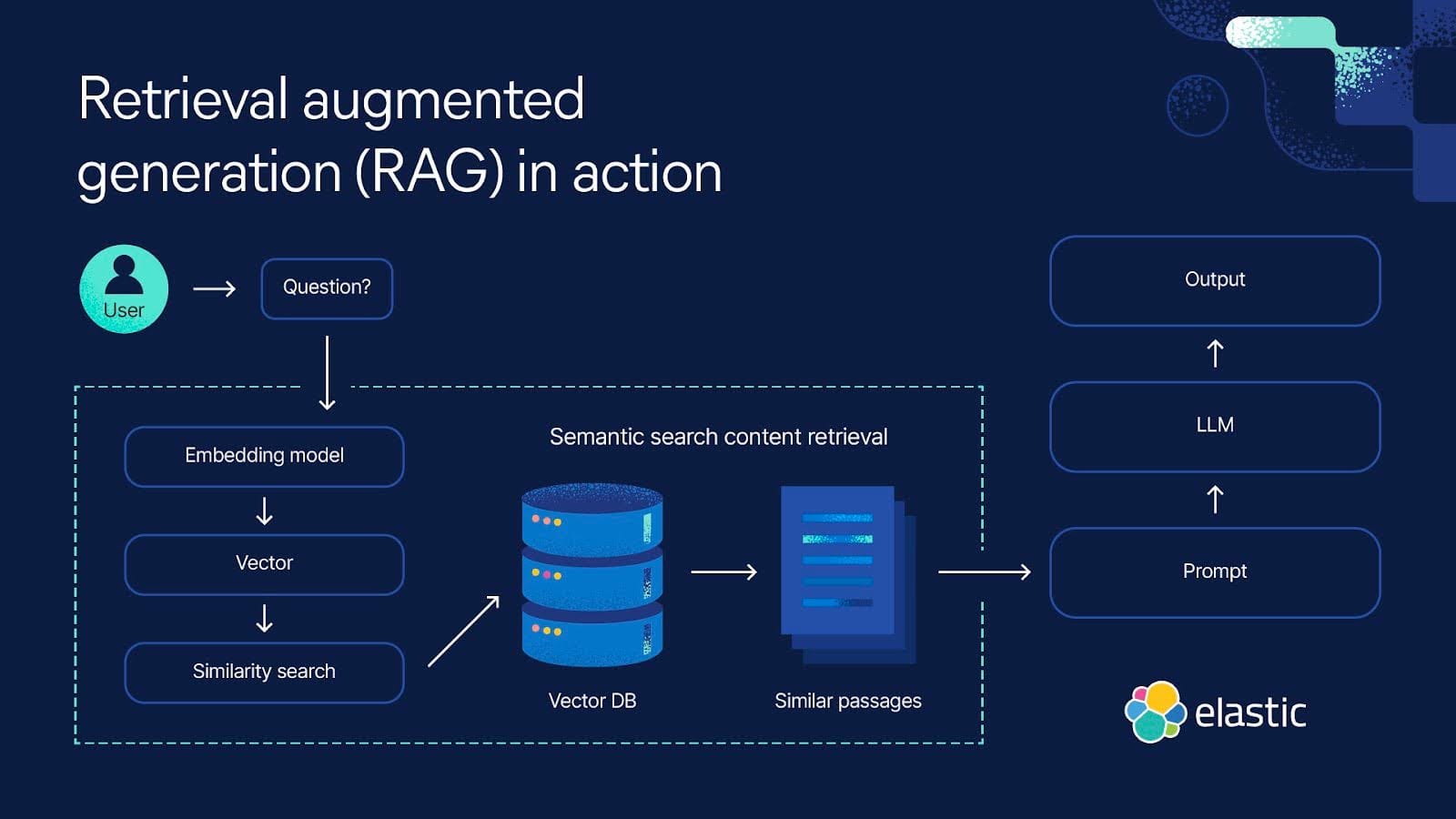Neo4j vs. Elasticsearch: Vector Search, RAG, and LLM Integration

In the rapidly evolving landscape of data management and artificial intelligence, two technologies have emerged as powerful tools for handling complex data operations and enhancing AI capabilities: Neo4j and Elasticsearch. As businesses increasingly leverage Large Language Models (LLMs) and seek to build sophisticated recommendation systems, understanding the strengths and limitations of these platforms becomes crucial. Let's dive into how Neo4j and Elasticsearch stack up in the realms of vector search, LLM integration, and recommendation systems.
Neo4j: The Graph Database Powerhouse
Neo4j, primarily known as a graph database, has recently stepped into the vector search arena. In August 2023, Neo4j introduced native vector search capabilities, marking a significant evolution in its functionality.
Strengths:
- Excellent for representing and querying complex relationships
- Powerful graph traversal capabilities
- Native integration of vector search with graph structures
- Strong potential for enhancing LLM accuracy and context through knowledge graphs
Limitations:
- Relatively new vector search feature, still maturing
- May not be as optimized for pure document-based searches
- Enterprise license required for distributed capabilities
Knowledge Intensive RAG Architecture

Elasticsearch: The Search and Analytics Engine
Elasticsearch, designed as a distributed search and analytics engine, has long been a go-to solution for full-text search and has more recently incorporated vector search capabilities.
Strengths:
- Advanced full-text search features out-of-the-box
- Highly scalable and distributed architecture
- Well-suited for large-scale document search and analytics
- Mature ecosystem with robust tools and integrations
Limitations:
- Not optimized for complex graph relationships
- Uses eventual consistency, which may not suit all use cases
- Vector search can be resource-intensive at scale
Elasticsearch & RAG in Action

Vector Search and LLM Integration
Both Neo4j and Elasticsearch offer vector search capabilities, which are crucial for semantic search and LLM integration. Here's how they compare:
- Neo4j: Leverages its graph structure to provide context-rich vector searches, potentially reducing LLM hallucinations and improving accuracy.
- Elasticsearch: Offers efficient vector search across large document sets, ideal for content-based similarity searches and semantic querying.
Building Recommendation Systems
While both platforms can be used for recommendation systems, their approaches differ:
- Neo4j: Excels in graph-based recommendations, leveraging complex relationships between users, items, and behaviors.
- Elasticsearch: Shines in content-based and collaborative filtering recommendations, especially for large-scale, document-centric systems.
Elasticsearch's vector search capabilities make it particularly suitable for content-based recommendation systems, allowing for quick similarity searches across large datasets. Its real-time indexing also enables rapid updates to recommendation models.
Choosing the Right Tool
The choice between Neo4j and Elasticsearch depends on your specific use case:
- Choose Neo4j if your data is highly interconnected and you need to leverage complex relationships in your queries or recommendations.
- Opt for Elasticsearch if your primary focus is on full-text search, document-based recommendations, or handling large volumes of textual data.
In many cases, a hybrid approach using both technologies can provide the best of both worlds, combining Neo4j's graph capabilities with Elasticsearch's search prowess.
Conclusion
As the fields of AI and data management continue to evolve, tools like Neo4j and Elasticsearch are adapting to meet new challenges. Whether you're building a recommendation engine, integrating LLMs, or simply need powerful search capabilities, understanding the strengths and limitations of these platforms is key to making the right choice for your project. As always, the best solution will depend on your specific needs, data structure, and long-term goals.





